Booklet Labels Defined
Booklet Labels
Definition – The term Booklet Label is the symbolic name for label constructions that have multiple pages. Booklet Labels expand copy space. They allow you to professionally add a lot more text and graphics to your product labels. (Pictured on the right is a 40 paged ag chem booklet label which is filled with directions for use and legal copy)
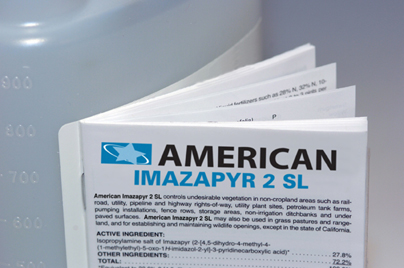 The classic Booklet Label is comprised of a booklet or folded pamphlet that is married to a single ply label. There are many names for Booklet Labels: Foldout Labels, Extended Content Labels, Expanded Content Labels, ECLs, Extended Text Labels, Multi-Panel Labels, and Multi-ply Labels to name a few. Don’t be confused by all the terms. They essentially mean the same thing. Sometimes people use the term Booklet Label to mean it’s a stapled or glued booklet rather than a pamphlet that folds out.
The classic Booklet Label is comprised of a booklet or folded pamphlet that is married to a single ply label. There are many names for Booklet Labels: Foldout Labels, Extended Content Labels, Expanded Content Labels, ECLs, Extended Text Labels, Multi-Panel Labels, and Multi-ply Labels to name a few. Don’t be confused by all the terms. They essentially mean the same thing. Sometimes people use the term Booklet Label to mean it’s a stapled or glued booklet rather than a pamphlet that folds out.
Pharma, chemical, and consumer-industrial companies use booklet labels to expand their product labels for many reasons. For example, companies with regulated products must provide pages of the required information to stay compliant with government regulations. This may include information such as “warnings”, “first aid”, “storage and disposal”, and “environmental hazards”. For companies that ship outside the US, consolidating all the country languages into one booklet label can significantly reduce label inventories. Many companies want to expand their DIRECTIONS FOR USE on the product so that the end user’s experience is more satisfying and safer. A growing body of companies is using booklet labels to help protect themselves from product litigation. Coupons and rebates are another popular use of booklet labels. See the 25 common ways customers use booklet labels.
 How do JH Bertrand’s booklet labels make the difference for you?
How do JH Bertrand’s booklet labels make the difference for you?
We’ve been making booklet labels for over 38 years and are among a very small group of manufacturers that pioneered the business in the United States. We’re so focused on booklet labels that we like to say we’re “an inch wide and a mile deep”. This means the variety of solutions we offer is MUCH greater than traditional label manufacturers who aren’t specialists in the niche.
WE HAVE HUNDREDS OF VARIATIONS AND SOPHISTICATED OPTIONS THAT ALLOW YOU TO GET THE RIGHT BOOKLET LABEL FOR YOUR PRODUCT APPLICATION
We spend our business day focused on solving complex “space” problems. For example, a Standard Booklet Label (a booklet label designed for flat surfaces) is not the right solution for a small diameter bottle. If you use a standard booklet label for a round surface, it will wrinkle during the application. Also, the end user will find it almost impossible to open. JH Bertrand offers several excellent booklet label constructions for curved surfaces.
Our Lam to Liner (LTL) Booklet Label is our most popular construction for round containers. The LTL has a short base label on one side so the overlaminate lays directly on the carrier liner. The result is a booklet label that lays down with no tension. It forms smoothly around the tightest diameters eliminating wrinkling. Your customers will find it easy to open.
It’s our extensive knowledge and product variety that allows us to offer product options that make a big impact on your product packages. We don’t have a “one size fits all” approach. We have hundreds of variations and sophisticated options that allow you to get the right label for your product application. See our product’s page for examples of these options.
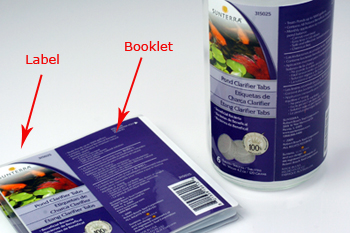 The Sidekick Label shows a beautiful label that wraps around the product with a “side booklet” filled with instructions and safety information. You can professionally blend all your information into a very attractive product label.
The Sidekick Label shows a beautiful label that wraps around the product with a “side booklet” filled with instructions and safety information. You can professionally blend all your information into a very attractive product label.
BOOKLET LABELS ARE AN EXCELLENT WAY TO OPEN UP YOUR GRAPHICS.
The SK Floor Cleaner product below is a basic example of how a booklet label can dramatically improve a product’s appearance.
The “before” product is a common sight. Regulatory copy overshadows the brand identification and benefit statements. SK’s label doesn’t stand out. There is too much copy with no white space. It “looks dangerous” to use with all that legal copy screaming for attention. As a consumer, I might walk right past this product because it doesn’t look friendly.
The “after” product shows great improvement. The non-selling, intimidating regulatory copy is inside the Booklet Label. The “after” product has a more prominent brand name and logo. More copy space has given the company designers a chance to add a beautiful color pattern. And, the benefit statements are bigger helping to explain why the customer should buy the product. The new package is far more appealing. The use of a booklet label has given SK the opportunity to change its image allowing it to stand above the competition.
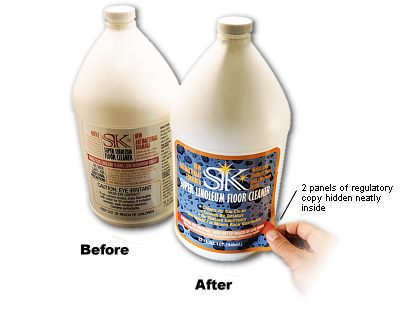

We are a “can do” company. Here you see our teams working on a challenging booklet label project. We love creating new things so please give us your booklet label challenge. 716-631-9201.
9 Ways To Reduce The Cost Of Your Booklet Label Project
- Do you actually need a booklet label? Take a serious look at your text to see if it can be pared down. Certainly, a single-ply label is cheaper than a booklet label.
- Increase Volumes. The larger your run, the cheaper each label is.
- Use a foldout rather than a stapled or glued booklet. Paper that folds out is cheaper than a stapled or glued booklet.
- Reduce Colors.
- Standardize Sizes. It’s cheaper to have fewer sizes and more volume with those sizes rather than a lot of small runs with a variety of sizes. We can sequential run the projects. Fewer setups save money.
- Don’t print the base label. Companies print the base label when they want a label to remain if the booklet is removed. If your product has a label in addition to the booklet label, you can save money by not printing the base label.
- Use an existing die size. Booklet Label dies are expensive. If you can use a die size we have on hand, you won’t have to buy a die.
- Follow the supplied template. Many of our customers like to do their own art based on a template we supply. This is fine if you follow it. If you don’t follow it such as not watching “copy hold-ins”, we’ll have to fix it which may create art chargebacks.
- Eliminate tabs. Many booklet label manufacturers like to add tabs to their booklet labels because tabs supposedly make them easier to open. In truth, booklet labels are easy to open without a tab. Furthermore, tabs add a step in the process which increases costs and reduces label manufacturing speed.
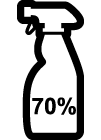
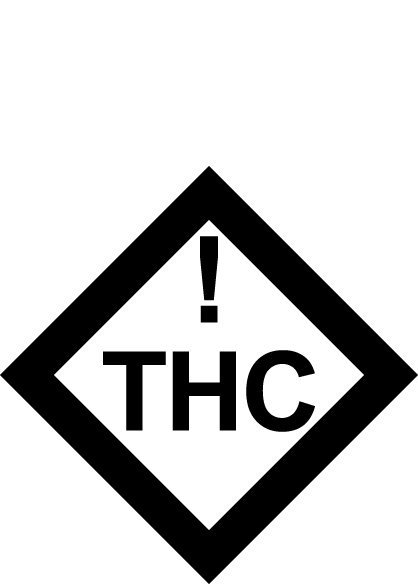
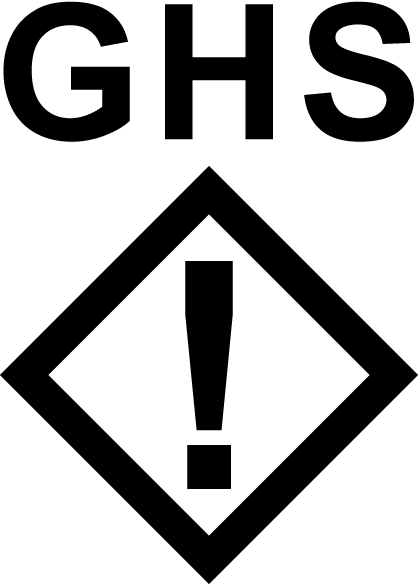







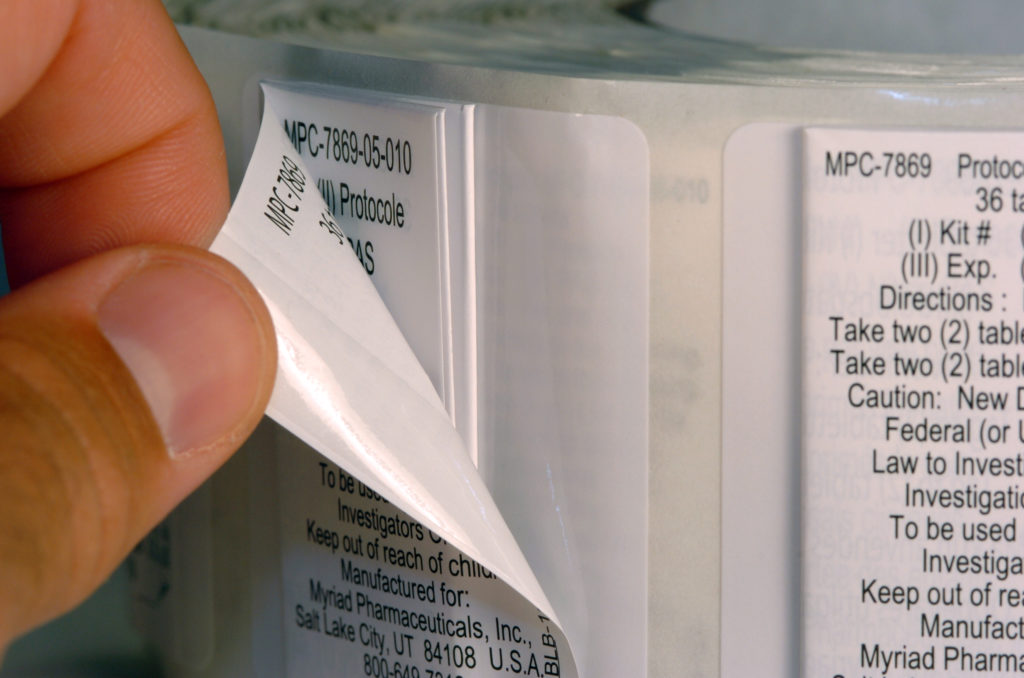 How do JH Bertrand’s booklet labels make the difference for you?
How do JH Bertrand’s booklet labels make the difference for you?